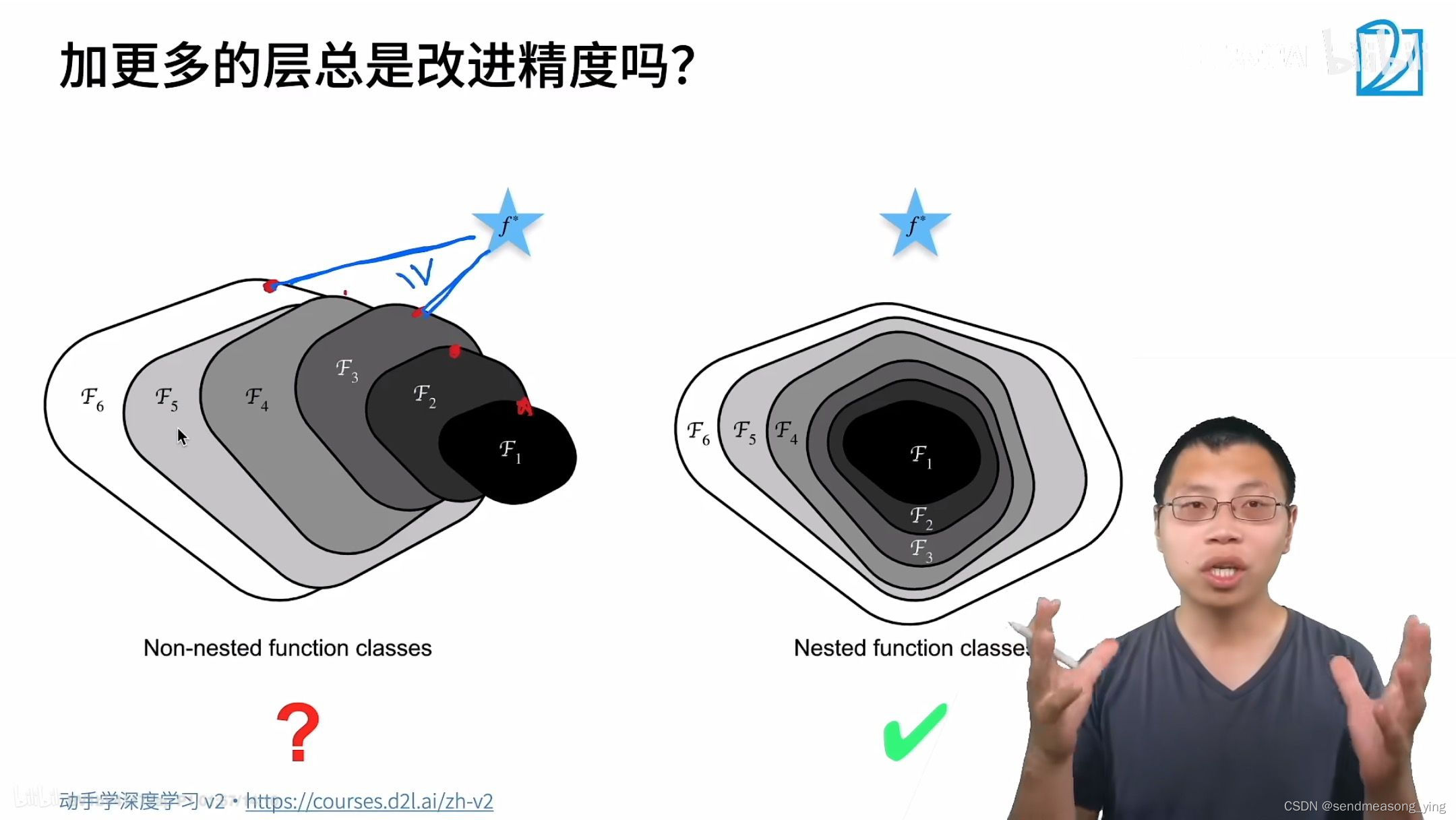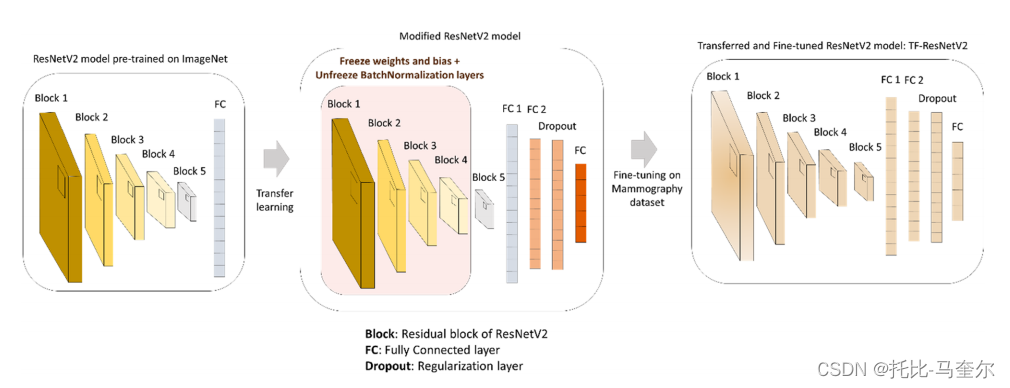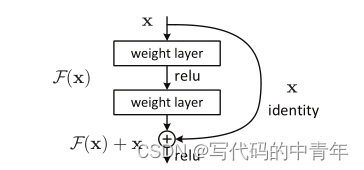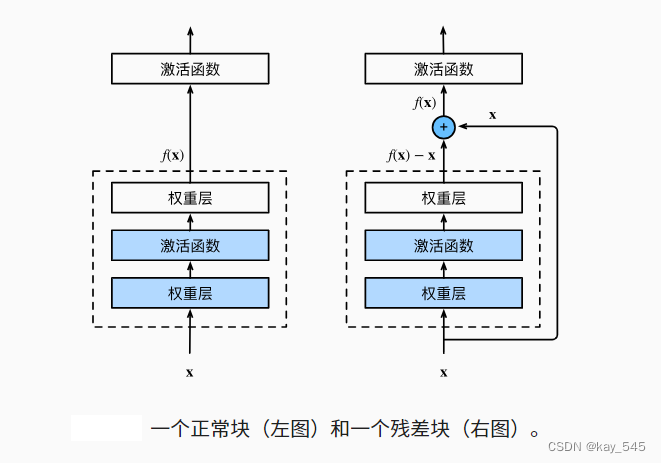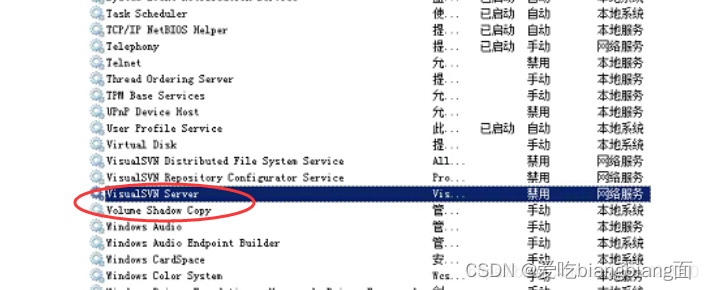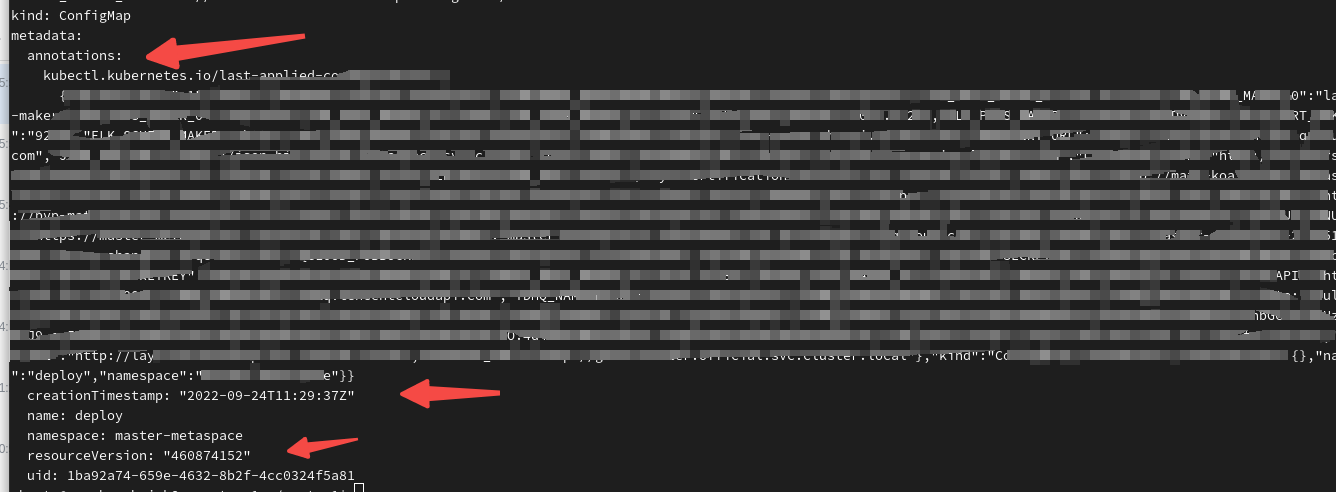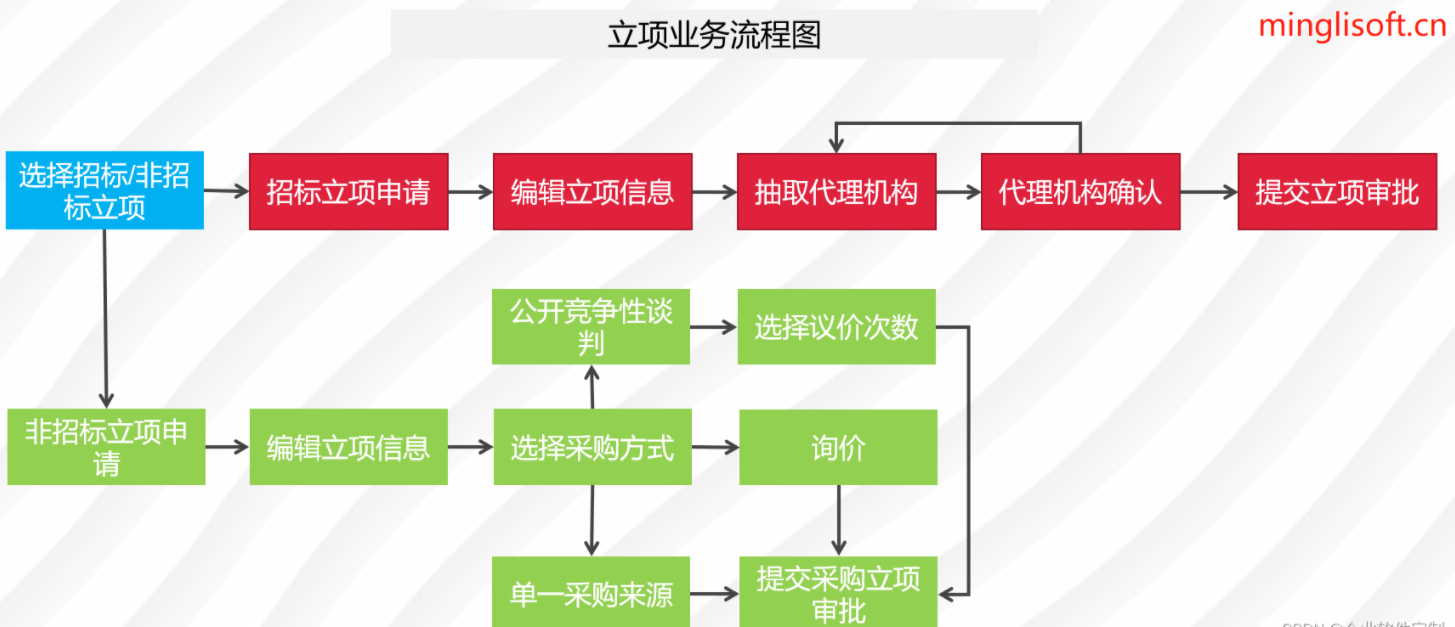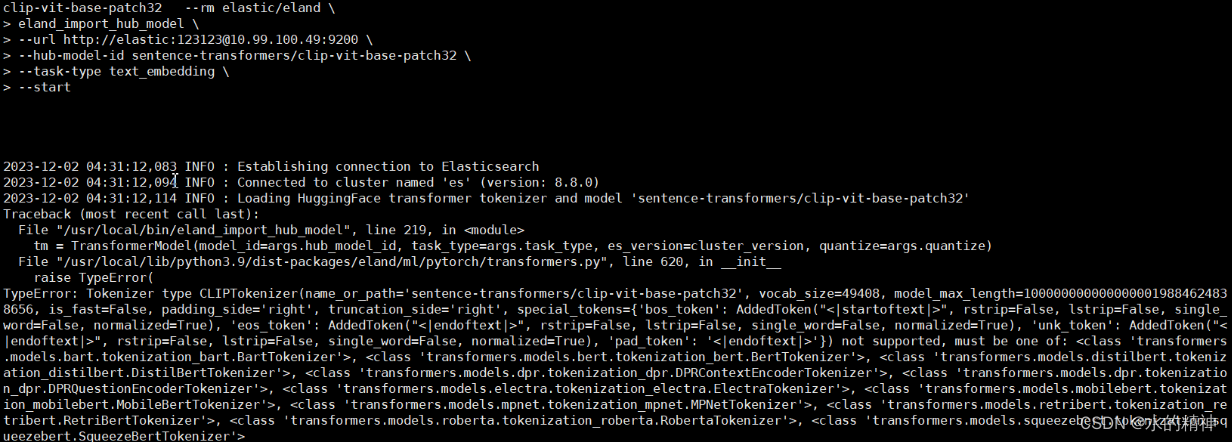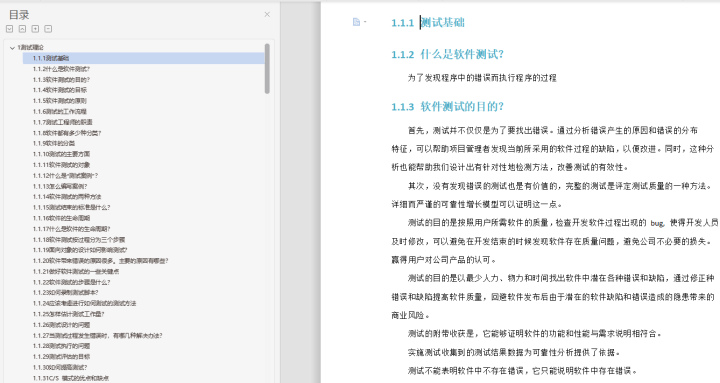#!/usr/bin/env python
# coding: utf-8
#https://github.com/SehajS/cnn-resnet-fruit-classification
# # Classifying Fruits from their Images
#
# This project aims at creating a deep learning model which predicts the names of the fruits by looking at their images.
#
# The dataset is taken from kaggle and can be accessed using this link: https://www.kaggle.com/moltean/fruits
#
# A complete walkthrough from downloading the dataset to the creating the CNN-ResNet model with extensive comments has been provided.
# ## Import all the requried libraries/modules
# In[1]:
#import opendatasets as od
import os
import shutil
import torch
from torchvision.datasets import ImageFolder
import torchvision.transforms as tt
from torch.utils.data import random_split
from torch.utils.data import DataLoader
from torchvision.utils import make_grid
import torch.nn as nn
import torch.nn.functional as F
import matplotlib.pyplot as plt
get_ipython().run_line_magic('matplotlib', 'inline')
# ## Downloading the dataset
# In[2]:
#dataset_url = "https://www.kaggle.com/moltean/fruits"
#od.download(dataset_url)
# ## Cleaning the downloaded dataset
# In[3]:
data_direc = './datadev'
os.listdir(data_direc)
# There are some files that one won't be needing in the project. Hence, one should remove them.
# In[4]:
#shutil.rmtree('./fruits/fruits-360/test-multiple_fruits')
# In[5]:
#shutil.rmtree('./fruits/fruits-360/papers')
# In[6]:
train_data_direc = "./datadev/train"
test_data_direc = "./datadev/test"
# ## Import the Dataset using PyTorch
# In[7]:
print(f'The total number of labels is: {len(os.listdir(train_data_direc))}')
# In[8]:
dataset = ImageFolder(train_data_direc)
len(dataset)
# In total, there are 67692 non-test images in our dataset.
# Let us peek at one of the elements of the dataset. This gives further insights on the way data is stored.
# In[9]:
dataset[0]
# In[10]:
img, label = dataset[0]
plt.imshow(img)
# One would now like to convert the images to tensors.
# In[11]:
dataset = ImageFolder(train_data_direc, tt.ToTensor())
# In[12]:
image, label = dataset[0]
plt.imshow(image.permute(1,2,0))
# ## Training and Validation Sets
# In[13]:
val_pct = 0.1 # 10% of the images in Train folder will be used as validation set
val_size = int(len(dataset) * 0.1)
train_size = len(dataset) - val_size
val_size, train_size
# In[14]:
train_ds, val_ds = random_split(dataset, [train_size, val_size])
# In[15]:
len(train_ds), len(val_ds)
# It is time to use Data Loaders to load the dataset in batches.
# In[16]:
batch_size = 64
train_dl = DataLoader(train_ds, batch_size, shuffle=True, num_workers = 4, pin_memory=True)
val_dl = DataLoader(val_ds, batch_size*2, num_workers = 4, pin_memory=True)
# In[17]:
def show_batch(dl):
for images, labels in dl:
fig, ax = plt.subplots(figsize=(12, 6))
ax.set_xticks([]); ax.set_yticks([])
ax.imshow(make_grid(images, nrow=16).permute(1, 2, 0))
break
# In[18]:
show_batch(train_dl)
# ## Utility Functions and Classes
#
# The creation and training of the model is done using GPU. Below are the functions that make sure that tensors and the model is using a GPU as the default device.
# In[19]:
def get_default_device():
"""Pick GPU if available, else CPU"""
if torch.cuda.is_available():
return torch.device('cuda')
else:
return torch.device('cpu')
def to_device(data, device):
"""Move tensor(s) to chosen device"""
if isinstance(data, (list,tuple)):
return [to_device(x, device) for x in data]
return data.to(device, non_blocking=True)
class DeviceDataLoader():
"""Wrap a dataloader to move data to a device"""
def __init__(self, dl, device):
self.dl = dl
self.device = device
def __iter__(self):
"""Yield a batch of data after moving it to device"""
for b in self.dl:
yield to_device(b, self.device)
def __len__(self):
"""Number of batches"""
return len(self.dl)
# In[20]:
device = get_default_device()
device
# In[21]:
train_dl = DeviceDataLoader(train_dl, device)
val_dl = DeviceDataLoader(val_dl, device)
# ## Model and Training Utilities
# In[22]:
class ImageClassificationBase(nn.Module):
def training_step(self, batch):
images, labels = batch
out = self(images) # Generate predictions
loss = F.cross_entropy(out, labels) # Calculate loss
return loss
def validation_step(self, batch):
images, labels = batch
out = self(images) # Generate predictions
loss = F.cross_entropy(out, labels) # Calculate loss
acc = accuracy(out, labels) # Calculate accuracy
return {'val_loss': loss.detach(), 'val_acc': acc}
def validation_epoch_end(self, outputs):
batch_losses = [x['val_loss'] for x in outputs]
epoch_loss = torch.stack(batch_losses).mean() # Combine losses
batch_accs = [x['val_acc'] for x in outputs]
epoch_acc = torch.stack(batch_accs).mean() # Combine accuracies
return {'val_loss': epoch_loss.item(), 'val_acc': epoch_acc.item()}
def epoch_end(self, epoch, result):
print("Epoch [{}], train_loss: {:.4f}, val_loss: {:.4f}, val_acc: {:.4f}".format(
epoch, result['train_loss'], result['val_loss'], result['val_acc']))
def accuracy(outputs, labels):
_, preds = torch.max(outputs, dim=1)
return torch.tensor(torch.sum(preds == labels).item() / len(preds))
# In[23]:
@torch.no_grad()
def evaluate(model, val_loader):
model.eval()
outputs = [model.validation_step(batch) for batch in val_loader]
return model.validation_epoch_end(outputs)
def fit(epochs, lr, model, train_loader, val_loader, opt_func=torch.optim.SGD):
history = []
optimizer = opt_func(model.parameters(), lr)
for epoch in range(epochs):
# Training Phase
model.train()
train_losses = []
for batch in train_loader:
loss = model.training_step(batch)
train_losses.append(loss)
loss.backward()
optimizer.step()
optimizer.zero_grad()
# Validation phase
result = evaluate(model, val_loader)
result['train_loss'] = torch.stack(train_losses).mean().item()
model.epoch_end(epoch, result)
history.append(result)
return history
# In[24]:
def conv_block(in_channels, out_channels, pool=False):
layers = [nn.Conv2d(in_channels, out_channels, kernel_size=3, padding=1),
nn.BatchNorm2d(out_channels),
nn.ReLU(inplace=True)]
if pool: layers.append(nn.MaxPool2d(2))
return nn.Sequential(*layers)
# In[25]:
class ResNet9(ImageClassificationBase):
def __init__(self, in_channels, num_classes):
super().__init__()
self.conv1 = conv_block(in_channels, 64)
self.conv2 = conv_block(64, 128, pool=True)
self.res1 = nn.Sequential(conv_block(128, 128), conv_block(128, 128))
self.conv3 = conv_block(128, 256, pool=True)
self.conv4 = conv_block(256, 512, pool=True)
self.res2 = nn.Sequential(conv_block(512, 512), conv_block(512, 512))
self.classifier = nn.Sequential(nn.AdaptiveAvgPool2d(1),
nn.Flatten(),
nn.Dropout(0.2),
nn.Linear(512, num_classes))
def forward(self, xb):
out = self.conv1(xb)
out = self.conv2(out)
out = self.res1(out) + out
out = self.conv3(out)
out = self.conv4(out)
out = self.res2(out) + out
out = self.classifier(out)
return out
# In[26]:
model = to_device(ResNet9(3, len(dataset.classes)), device)
model
#
# Pass one batch of input tensor through the model.
#
# In[27]:
torch.cuda.empty_cache()
for batch in train_dl:
images, labels = batch
print('images.shape: ', images.shape)
print('images.device: ', images.device)
preds = model(images)
print('preds.shape: ', preds.shape)
break
# ## Training the Model
# In[28]:
history = [evaluate(model, val_dl)]
history
# Let us train for 5 epochs with the learning rate of 0.001. Note that we use Adam as the optimizer of choice.
# In[29]:
history += fit(5, 0.001, model, train_dl, val_dl, torch.optim.Adam)
# The accuracy achieved on teh valiation set is very high and close to 100%, therefore, one should not train the model for any more epochs. We end the training at 5 epochs.
# In[ ]:
def plot_accuracies(history):
accuracies = [x['val_acc'] for x in history]
plt.plot(accuracies, '-x')
plt.xlabel('epoch')
plt.ylabel('accuracy')
plt.title('Accuracy vs. No. of epochs');
# In[ ]:
plot_accuracies(history)
# In[ ]:
def plot_losses(history):
train_losses = [x.get('train_loss') for x in history]
val_losses = [x['val_loss'] for x in history]
plt.plot(train_losses, '-bx')
plt.plot(val_losses, '-rx')
plt.xlabel('epoch')
plt.ylabel('loss')
plt.legend(['Training', 'Validation'])
plt.title('Loss vs. No. of epochs');
# In[ ]:
plot_losses(history)
# ## Testing with Individual Images
#
# Now, one would like to test outthe model that we have built in previous section on the Test dataset and see how it performs.
# In[ ]:
def predict_image(img, model):
# Convert to a batch of 1
xb = to_device(img.unsqueeze(0), device)
# Get predictions from model
yb = model(xb)
# Pick index with highest probability
_, preds = torch.max(yb, dim=1)
# Retrieve the class label
return dataset.classes[preds[0].item()]
# In[ ]:
test_dataset = ImageFolder(test_data_direc, tt.ToTensor())
# In[ ]:
len(test_dataset)
# In[ ]:
def get_prediction(torch_ds, model):
img, label = torch_ds
plt.imshow(img.permute(1, 2, 0))
print('Label:', dataset.classes[label], ', Predicted:', predict_image(img, model))
# In[ ]:
get_prediction(test_dataset[0], model)
# In[ ]:
get_prediction(test_dataset[-1], model)
# In[ ]:
get_prediction(test_dataset[999], model)
# In[ ]:
test_loader = DeviceDataLoader(DataLoader(test_dataset, batch_size*2), device)
result = evaluate(model, test_loader)
result
# Therefore, the accuracy of the model on the test set is little above 98% which is great.
#
# Naturally, a curious mind would like to know for which items did the model perform the worst.
# In[ ]:
wrong_preds = []
for test_ds in test_dataset:
img, label = test_ds
prediction = predict_image(img, model)
if dataset.classes[label] != prediction:
wrong_preds.append([dataset.classes[label], prediction])
# In[ ]:
print(f'Therefore, there are in total {len(wrong_preds)} out of {len(test_dataset)} items in the test set for which the model has made a wrong prediction')
# In[ ]:
#len(wrong_labels)
# Let us check what did our model predict for each of the wrongly predicted items.
# In[ ]:
checked = []
for item in wrong_preds:
if item not in checked:
checked.append(item)
print(f'{item[0]} has been wrongfully predicted as {item[1]}')
# ## Saving the Model
# In[ ]:
torch.save(model.state_dict(), '√SehajS-CNN-ResNet9-fruit-prediction.pth')
残差网络 ResNet
2023-12-05 15:54:04 33 阅读

